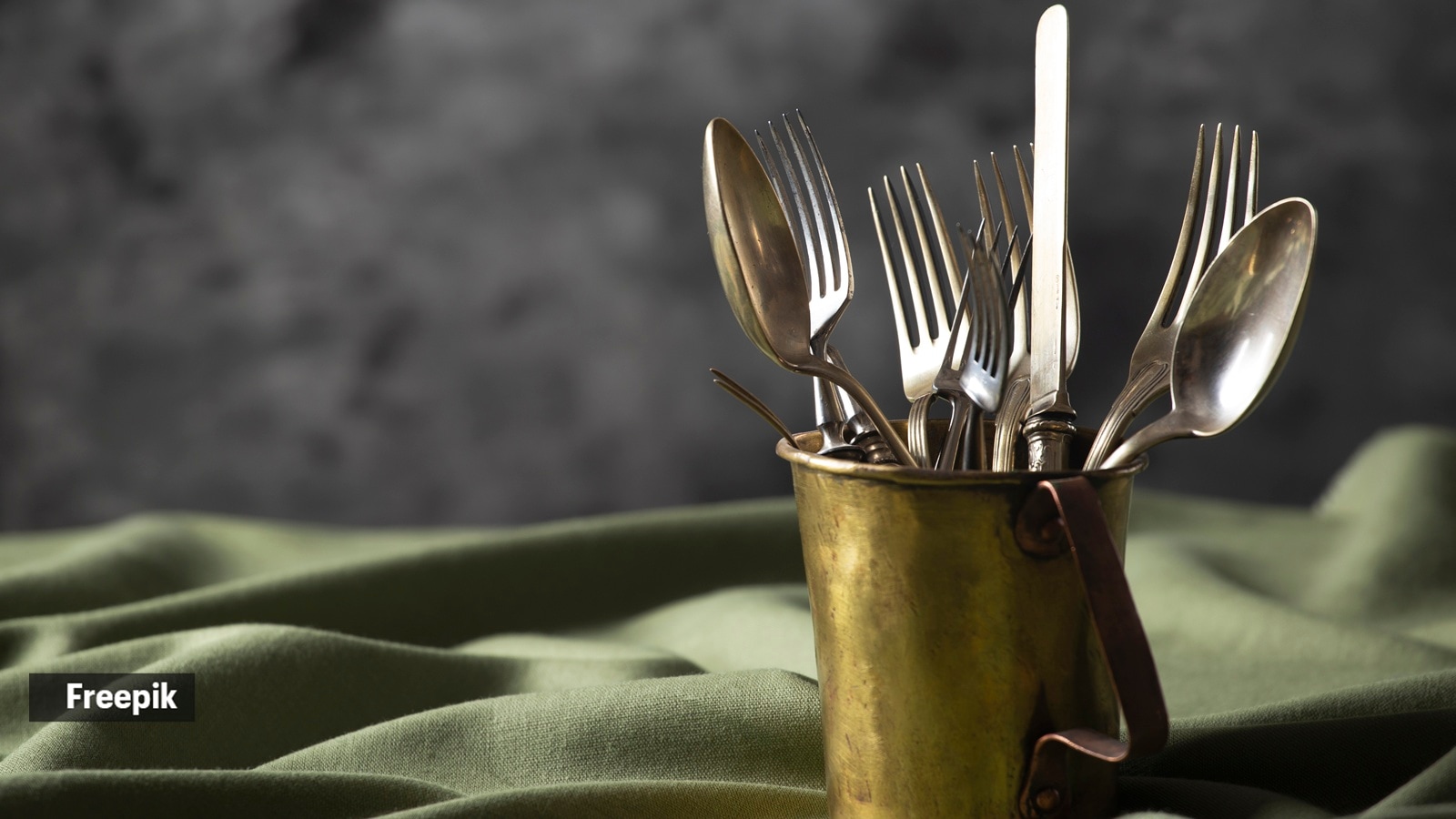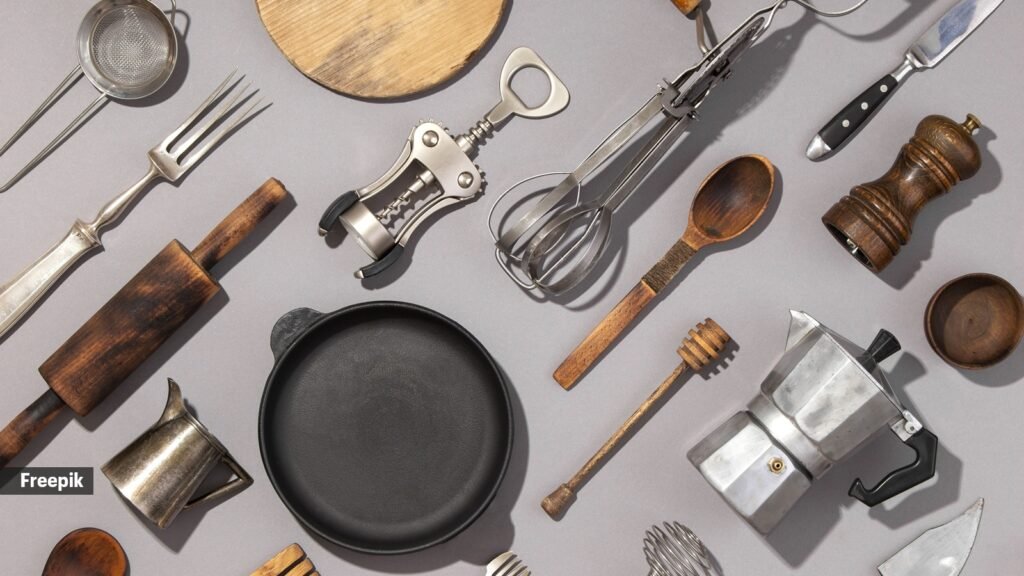You might be familiar with the concept of food items having an expiry date, but did you your kitchen utensils aren’t timeless either? The tools that help you whip up and serve food on your plate come with a limited lifespan. But before dig into their expiry, let’s understand what the term exactly means.
ARTICLE CONTINUES BELOW VIDEO
What’s an expiry date?
The expiry date, also known as the “expiration date,” indicates the last date a manufacturer guarantees a product’s full potency and safety. “After this date, the product should not be used as it may be less effective or potentially harmful,” Dr Pooja Aggarwal, senior consultant, dermatology, Artemis Hospitals told indianexpress.com.
While examining labels, pay close attention to storage instructions, as improper storage can significantly reduce both shelf life and the time until expiry. “Furthermore, once opened, many products have a reduced shelf life, irrespective of the printed date. This information is often found in the fine print on the packaging,” added Dr Aggarwal.
Chef Ananya Banerjee helped us with a list of common utensils and their lifespan in the kitchen:
Non-stick Frying Pan – Replace every 2–5 years
– When coating starts to peel or food sticks.
Wooden Spoon – Replace every 1–2 years
– If it cracks, splinters, or retains odor.
Plastic Cutting Board – Replace every 1–2 years
– When deep knife grooves develop or discoloration sets in.
Story continues below this ad
Silicone Spatula – Replace every 2–4 years
– If it cracks, melts at the edges, or becomes too soft.
 Replace your cutlery every few years (Source: Freepik)
Replace your cutlery every few years (Source: Freepik)
Kitchen Sponge/Scrubber – Replace every 2–4 weeks
– Or sooner if it starts to smell or fall apart.
Peeler – Replace every 1–2 years
– When blades become dull or handle loosens.
Chef’s Knife – Replace every 5–10 years
– If blade chips or can no longer be sharpened.
Story continues below this ad
Grater – Replace every 3–5 years
– When blades dull or rust develops.
Plastic Storage Containers – Replace every 1–3 years
– If stained, warped, or retains food odor.
“Choose containers with symbols indicating PET, HDPE, or PP when safety is a priority, especially for food storage. Avoid containers with symbols for PVC or PS, particularly for items involving heat exposure or consumables, she added.
Chopping Board (Wooden) – Replace every 2–3 years
– When it becomes warped or has deep cuts.
Story continues below this ad
In short, always check the type of date printed on the label and understand its significance. Follow storage instructions strictly, be aware of changes in shelf life once a product is opened, and never use products beyond their “Use By” or “Expiry” dates to ensure safety and quality. By doing so, you can avoid potential health risks and make informed decisions about product usage.
DISCLAIMER: This article is based on information from the public domain and/or the experts we spoke to. Always consult your health practitioner before starting any routine.

